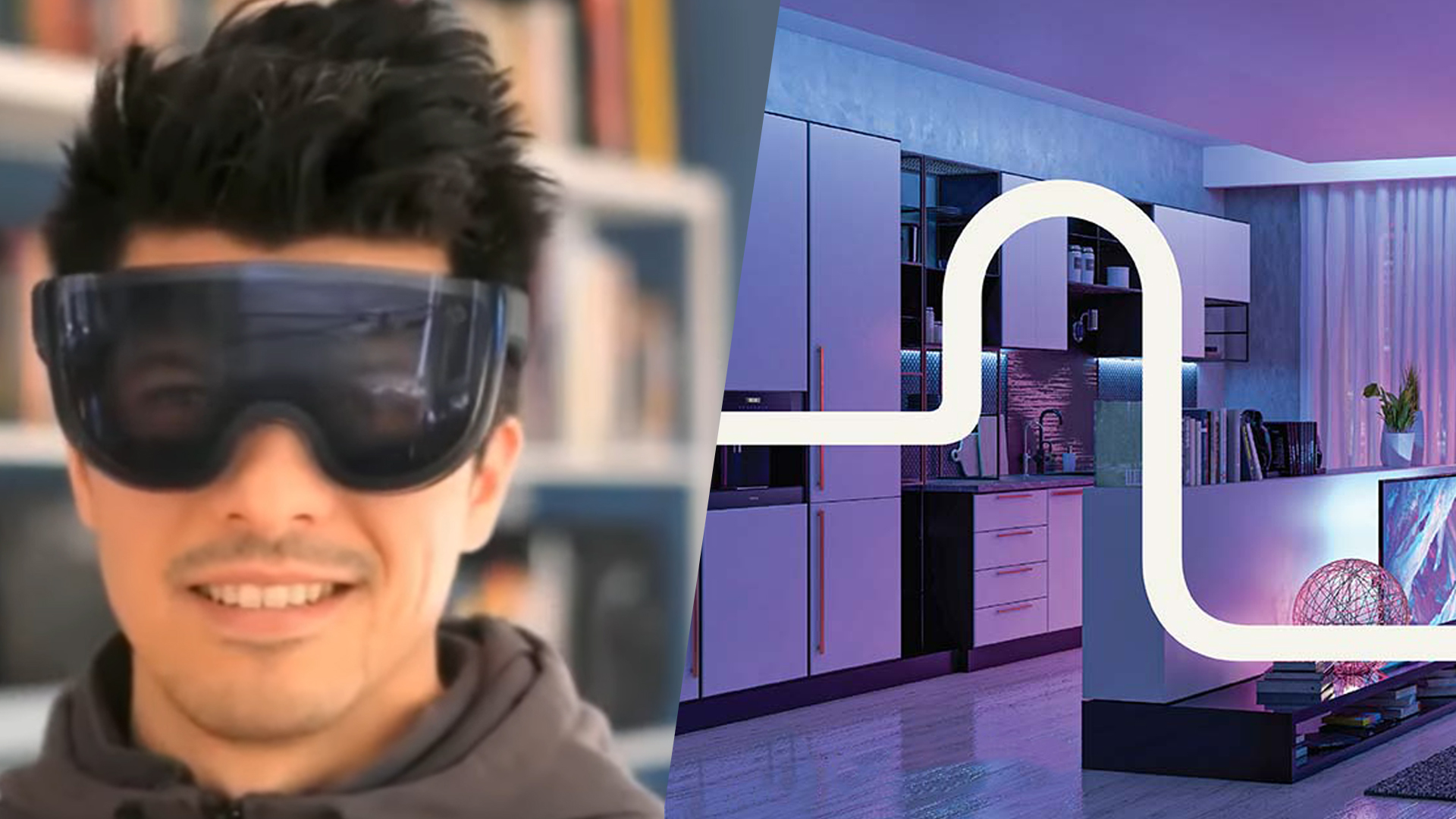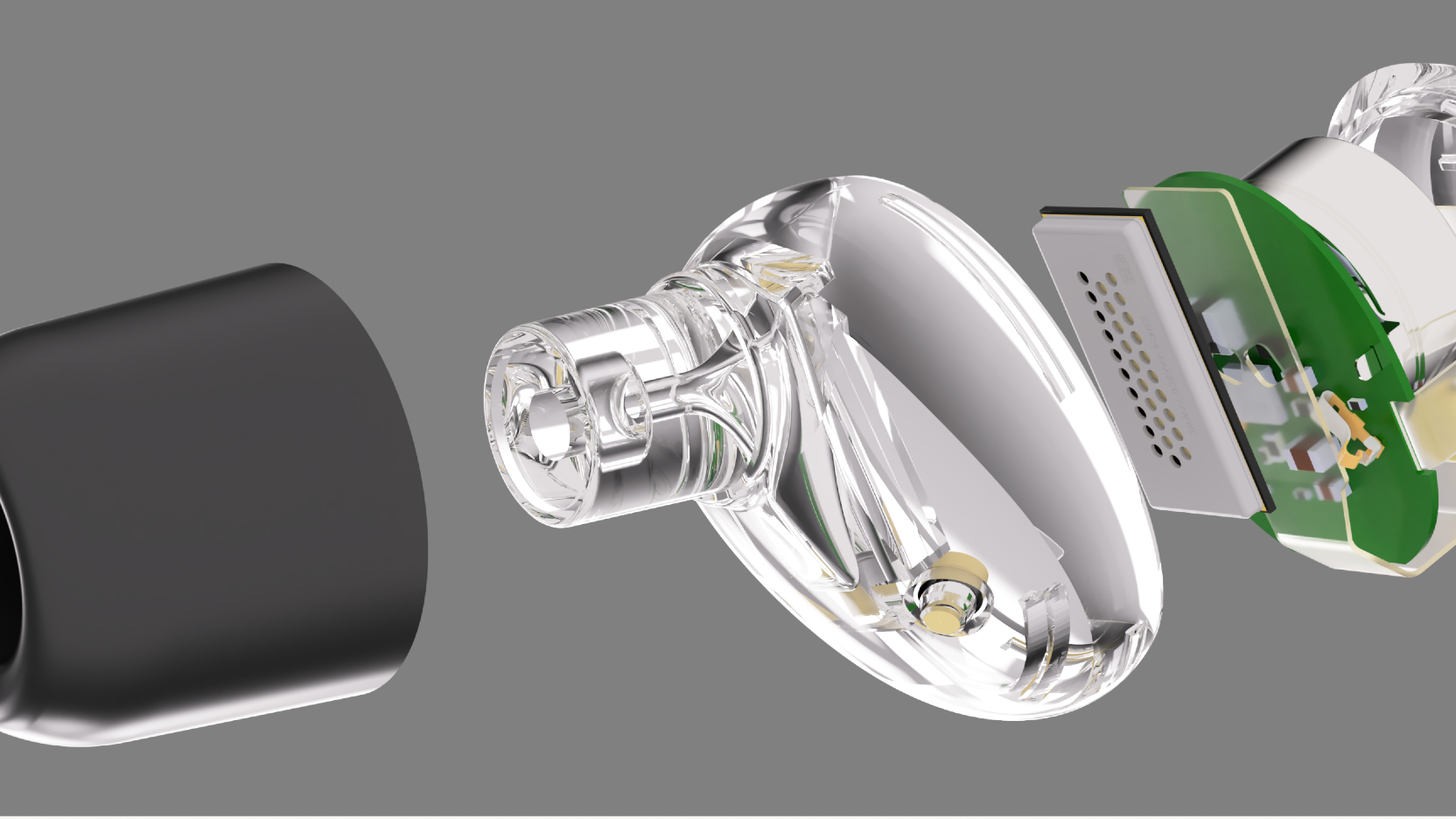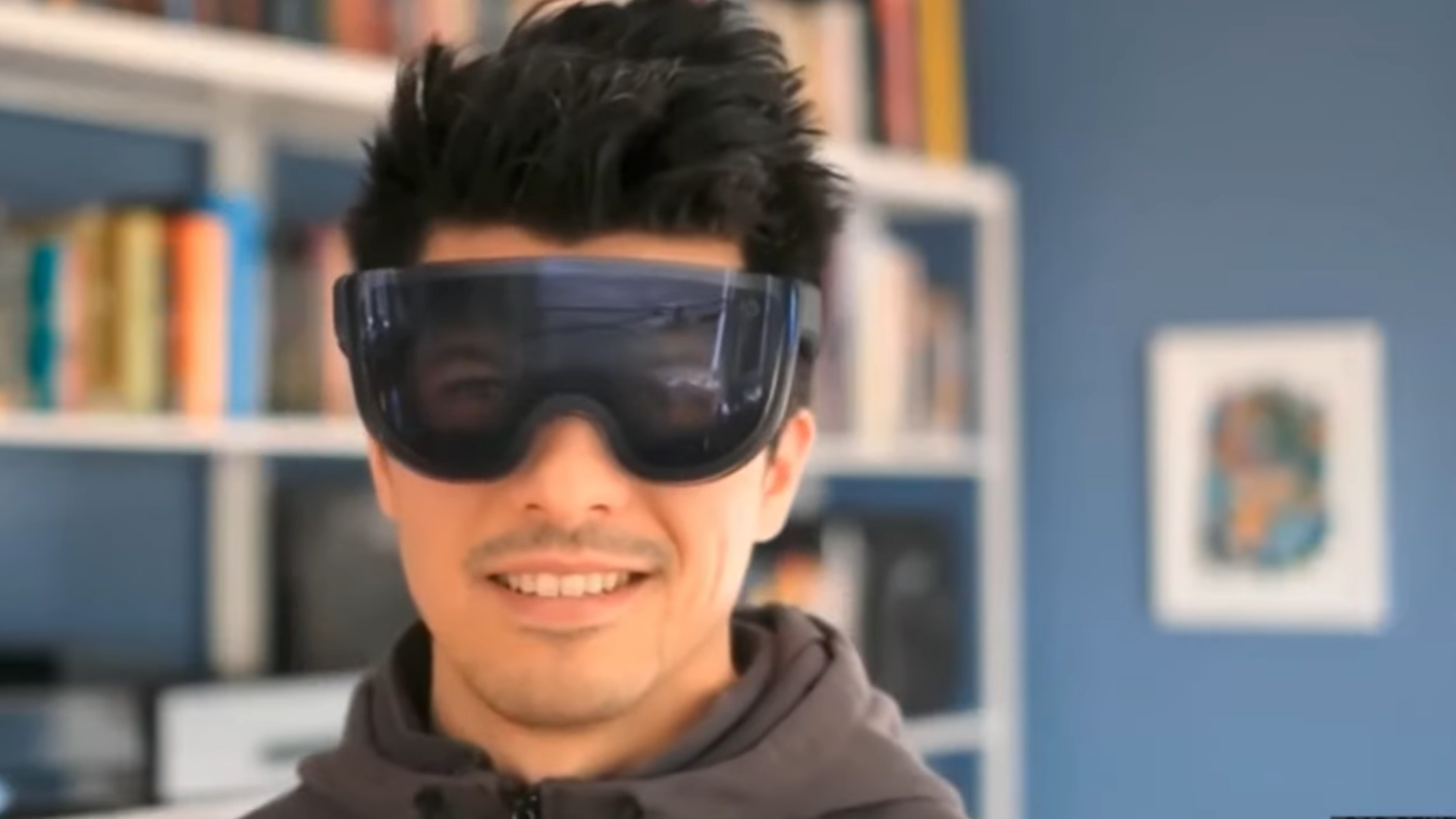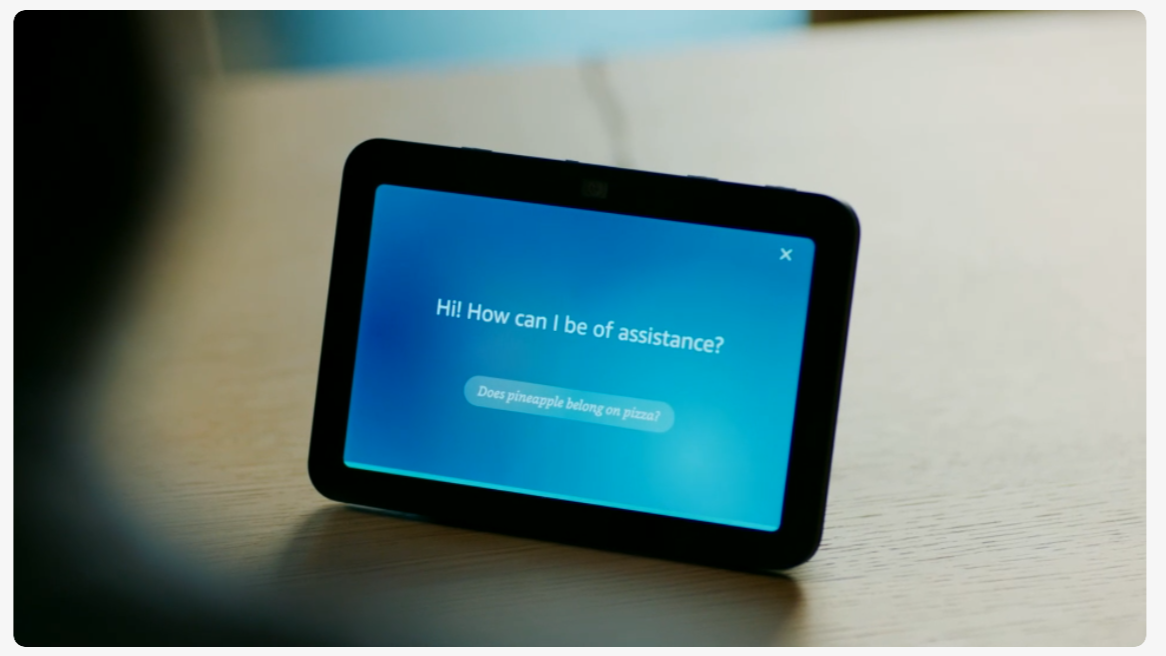8 bold tech predictions for 2024 – from MicroLED 4K TVs to DJI mirrorless cameras
What will be 2024's biggest tech surprises?

The progress bar for the year 2023 is now at 97%, which means it's almost time to load another one. But while we can be pretty sure that 2024 will bring new adventures in AI and mixed reality, what might be the tech sleeper hits and stories that come out of left-field to wobble our tech lives this year?
The TechRadar team has been mulling this very question and our boldest tech predictions for 2024 are below. We won't be highlighting the obvious tech headliners here – clearly, the first two months of the year are going to be dominated by CES 2024, the Samsung Galaxy S24 (probably mid-January) and the long-awaited arrival of the Apple Vision Pro, which should hit shelves in February.
But then again, maybe not? After all, in 2023 we didn't foresee Apple bowing to pressure and announcing support for RCS messaging from Android phones. Or allowing its Apple Watch patent disputes to go so far that it was forced to take its two biggest models off sale.
So what are some of the possible, but less likely, tech breakthroughs and stories that might happen in 2024? Here's a taste of how strange and interesting things could get…
1. Solid-state speakers will shake up the headphones world


Some major innovations could rock the world of headphones in 2024. You may have already heard of Qualcomm’s audio chips that’ll untether true lossless music from wires, or the fairly unknown brand HED Unity unveiling the world’s first Wi-Fi lossless headphones, but I think there’s an even bigger breakthrough that hasn’t had as much attention. It’s to do with the tiny speakers inside your headphones that make sound waves.
These are called drivers and they haven’t changed much since they were first invented. The most common type of headphone driver today still uses a cone-shaped metal coil and magnets to push air through a diaphragm, but there’s a company that has completely reimagined this. It’s called xMEMS Labs and for more than four years, it’s been working on an all-silicon solid-state speaker driver that’s finally come to life. Its latest generation prototype – Cypress – will be shown off for the first time at CES 2024 in January, with plans to roll out the tech more widely late next year.
Manufacturers such as Creative Labs and Singularity Industries have been quick to add these solid-state drivers to their headphones – not only because they promise to increase sound quality but also because they use fewer materials and are virtually indestructible. And more are set to be released in 2024. If I’m right, you’ll be hearing a lot more about solid-state headphones in the near future.
Get daily insight, inspiration and deals in your inbox
Sign up for breaking news, reviews, opinion, top tech deals, and more.
2. MicroLED 4K TVs will break through at last


I’m not expecting many big twists in the world of TVs this year, so the thing that would most surprise me, but is within the realm of possibility, would be microLED TVs becoming something the mainstream pays attention to at last. I expect they’ll still be far more expensive than OLED or mini-LED, but if they can at least come in relatively normal TV sizes (instead of 100+ inches) that will be a good start. More importantly, it would help if they can finally make appearances in stores where people can see what they can do. That could finally see them break through as something people in general are excited about, rather than just TV nerds like me.
If you’re not familiar with them, microLED TVs are like OLED TVs, in that each of their pixels emits its own light, so they have ‘perfect’ contrast. But they can go much brighter than OLED TVs – brighter than mini-LED TVs, even. They’re the future of TVs; and who knows, maybe the future will start to arrive properly in 2024.
3. DJI will finally disrupt mirrorless cameras


DJI had a spectacular 2023, launching a number of stunning drones including the triple-camera DJI Mavic 3 Pro, plus our new favorite vlogging camera, the DJI Osmo Pocket 3, and a superb GoPro alternative in the form of the DJI Osmo Action 4. Still, it's a longtime player in those spaces, and we think DJI could do something even more exciting in 2024; disrupt the mirrorless camera market.
DJI already has the core components to create a unique mirrorless camera, and it did patent a camera that looks an awful lot like the Hasselblad X1D back in 2019. But could DJI also trickle its impressive Ronin 4D cinema camera tech into an all-new, handheld full-frame sensor camera that shoots 8K video?
In theory, yes, and if that camera also boasted best-in-class image stabilization, generous internal storage and an interchangeable lens mount, the likes of Sony and Canon would be hit hard by the shockwave.
4. Matter will actually live up to its smart home potential


It may not sound outlandish to suggest that the world's new smart home standard, Matter, will start to make a meaningful difference to our lives in 2024. But unfortunately, Matter has fallen well short of of its promises in 2023 – and it's not yet clear whether next year will be any different.
The idea behind Matter, which launched at the tail end of 2022, was that it would solve all of our headaches with smart home tech. These include proprietary hubs, competing apps and a lack of interoperability between systems. So far, it hasn't really done that, which is not exactly impressive, considering it has the official backing of all the big players, including Google, Amazon, Apple, Samsung, Philips Hue and more.
There is a chance that Matter will continue to not matter and will see its diminishing momentum grind to a halt. But there are also reasons for optimism – last year, Matter-compatible devices dominated at CES 2023, and as we rapidly head towards CES 2024 the standard is surely preparing to galvanize the many smart home players who will be at the world's biggest tech show. At least, that's what we're hoping, for the sake of our smart home sanity.
5. Samsung will launch an AR/VR headset that runs Quest software


In 2024 I think we’ll finally see Samsung’s Apple Vision Pro rival in all of its glory. A full-on release may be out of the question but at the very least we’ll get an announcement like the Vision Pro’s at WWDC 2023.
When it is shown off I expect we’ll see a high-end headset sandwiched between the Vision Pro and Meta Quest Pro in terms of price and performance. Given Samsung’s expertise in this area, stunning displays are more than likely and a Snapdragon XR2 Gen 2 or an all-new chip (maybe an XR2+ Gen 2) from Qualcomm will probably power it.
But to kick this prediction up to ‘bold’: it’ll run a version of Meta’s Quest platform. Meta’s VR OS is the best out there in terms of software catalog, features, and design, and a Samsung headset using this platform would likely be far better than one that doesn’t. While this OS remaining exclusive gives Meta’s hardware a massive advantage, it’s a tool it could license to other brands to help its Reality Labs division generate some much-needed revenue.
6. Voice assistants will be reborn, but won’t be much smarter


Remember voice assistants? Alexa and Siri were the original AI hype stories back in the day, but now they've largely been relegated to cooking timer duty. Well, we can definitely expect that to change in 2024 – if the rumors are true, Apple is preparing to reinvent Siri with AI-powered skills in time for WWDC 2024 and Amazon has already previewed Alexa AI.
But we're predicting that, despite some impressive repackaging and better conversational skills, these 'new' voice assistants won't actually be much more useful than today's incarnations. One of the main reasons for this is because the smartphone trend appears to be on-device AI – which is great for privacy, but also a bottleneck on performance due to the limitations of memory and processing.
Considering how impressive ChatGPT's (free) voice powers already are, and how much money Google, Samsung and Apple are throwing at LLMs (large language models), it seems likely that breakthroughs will be made in this space in 2024. But we're making bold tech predictions here, so we're sticking with our hunch – it'll be a year of big voice assistant hype, but very little in the way of real-world improvements.
7. Deepfakes will derail the US election


With the meteoric rise of AI technology – and increasing ease of access for casual users – throughout 2023, it’s not really fearmongering at this point to say that deepfakes now represent a serious threat to election integrity in the US and beyond.
Deepfakes (false images, videos, and audio of real people) are now easier to mass-manufacture than ever thanks to powerful machine learning tools, and it’s highly likely we’re going to see a deluge of ersatz videos and voice recordings featuring key politicians and other public figures during the run-up to the 2024 election.
This sort of disinformation is nothing new, with bad actors frequently attempting to confuse and trick voters whenever an election takes place virtually anywhere in the world. But with the impressive capabilities of emergent AI tools, it’s going to be more difficult than ever to discern real from fake. We’d encourage you to fact-check just about anything you see or hear a politician say, and try to ensure you only get your election news from official channels – lest you fall victim to the latest digital trickery.
And finally, a very bold tech prediction for 2024...
8. A digital double will be elected to Congress in the US

2024 will be the year of AI personas and digital doubles. Forget deep fakes that put your face on someone else’s real body. Digi-doubles will be complete digital versions of you – or the wish you have of what you could be. However, it won’t just be the uncanny looks. Digital double engagement will be informed by powerful AI that will understand not only how real people talk and move, but also how you might move, act, and talk.
At some point, someone will make a combined digital double that will blend the best (or worst) of a few different people, and that AI persona, let’s call it Clyde Smoresly, will run for Congress in one of New York State’s upstate rural districts. Smoresly will appear on screen for TV interviews, debates, and even some campaign events where he will be unexpectedly detained due to inclement weather, and he hopes that everyone is comfortable with him only being present on screen.
Clyde Smoresly will be smart, articulate, and charismatic. He’ll be ushered into office where he’ll achieve a 100% attendance and voting record.

Mark is TechRadar's Senior news editor. Having worked in tech journalism for a ludicrous 17 years, Mark is now attempting to break the world record for the number of camera bags hoarded by one person. He was previously Cameras Editor at both TechRadar and Trusted Reviews, Acting editor on Stuff.tv, as well as Features editor and Reviews editor on Stuff magazine. As a freelancer, he's contributed to titles including The Sunday Times, FourFourTwo and Arena. And in a former life, he also won The Daily Telegraph's Young Sportswriter of the Year. But that was before he discovered the strange joys of getting up at 4am for a photo shoot in London's Square Mile.
- Josephine WatsonManaging Editor, Lifestyle
- Amelia SchwankeSenior Editor UK, Home Entertainment
- Hamish HectorSenior Staff Writer, News
- Timothy ColemanCameras editor
- Lance UlanoffEditor At Large
- Christian GuytonEditor, Computing
- Matthew Bolton